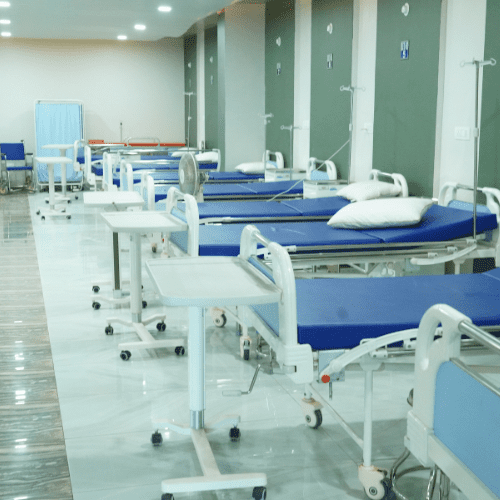In recent years, India has witnessed a significant shift in its healthcare landscape, particularly concerning obesity and related comorbidities. The rise of anti-obesity drugs, especially GLP-1 (glucagon-like peptide-1) therapies, is not merely a trend but a transformative force shaping both public health and market dynamics. As obesity becomes increasingly prevalent in urban areas, these therapies offer new hope for millions while simultaneously creating opportunities and challenges for the pharmaceutical industry. This article delves into how GLP-1 therapies are reshaping India’s health landscape and the broader implications for emerging market dynamics.
How GLP-1 Therapies Are Transforming India’s Health Landscape
GLP-1 therapies, initially developed for managing Type 2 diabetes, have gained traction as effective anti-obesity treatments. These medications work by mimicking the effects of the GLP-1 hormone, which regulates appetite and blood sugar levels. In India, where urban obesity rates are climbing, these therapies provide a scientifically-backed solution that aligns with the nation’s increasing focus on health and wellness. Furthermore, they have opened up avenues for preventive healthcare, enabling individuals to tackle obesity before it leads to severe complications, such as cardiovascular diseases and diabetes.
The Indian healthcare system is gradually evolving to accommodate these advancements. With increasing awareness about the adverse effects of obesity, more healthcare providers are recommending GLP-1 therapies as part of comprehensive weight management programs. This shift is reflected in the growing number of clinics and health centers dedicated to obesity treatment, often integrating personalized lifestyle changes alongside pharmaceutical interventions. The rise of telemedicine has also made it easier for patients in remote areas to access these treatments, thereby broadening the reach of GLP-1 therapies.
Despite their promise, the integration of GLP-1 therapies into mainstream healthcare raises questions about affordability and accessibility. With the cost of these medications relatively high compared to traditional weight loss options, there are concerns about equitable access. However, as the pharmaceutical market in India expands and generic versions of these drugs become available, it is anticipated that prices will decline, making these therapies more accessible to a broader segment of the population. This evolution is crucial for ensuring that all Indians, regardless of their socio-economic status, can benefit from the advancements in obesity management.
The Impact of Anti-Obesity Drugs on Emerging Market Dynamics
The rise of GLP-1 therapies is not just a boon for individual health; it also signifies a seismic shift in India’s pharmaceutical market. As obesity becomes a focal point of public health policy, the demand for effective treatments has surged, prompting both domestic and international pharmaceutical companies to invest heavily in research and development. This influx of investment fosters innovation within the sector, leading to the creation of new drugs and treatment options that can address obesity and its associated health risks more comprehensively.
Moreover, as healthcare providers increasingly recognize the importance of addressing obesity as a public health issue, there is a ripple effect across various sectors. Nutrition companies are ramping up their efforts to develop health-focused food products, while fitness and wellness programs are becoming more integrated with medical treatments. This synergy creates a holistic approach to health that benefits consumers and drives economic growth in related industries. Consequently, the rise of anti-obesity drugs catalyzes a broader transformation in the health and wellness market, positioning India as a growing hub for health-related innovations.
On a global scale, India’s burgeoning market for anti-obesity drugs could influence international pharmaceutical trends. As the country navigates the complexities of healthcare, its experiences with GLP-1 therapies can serve as a model for other emerging markets grappling with similar health challenges. This dynamic not only enhances India’s standing in the global pharmaceutical arena but also encourages collaborative efforts in research and development. Ultimately, the adoption of anti-obesity drugs like GLP-1 therapies is reshaping not just individual lives but also the entire economic landscape, fostering a proactive approach to health that could have lasting benefits for future generations.
The rise of GLP-1 therapies in India represents a significant leap forward in addressing the pressing issue of obesity and its associated health risks. As these treatments become more integrated into the healthcare system, they offer hope for a healthier future while simultaneously influencing emerging market dynamics. By promoting innovation, collaboration, and a holistic approach to health, India is setting the stage for a transformative journey that could serve as a blueprint for other nations facing similar challenges. The path ahead may be fraught with hurdles, but the potential benefits for public health and the economy are profound, marking a new era in India’s health landscape.




